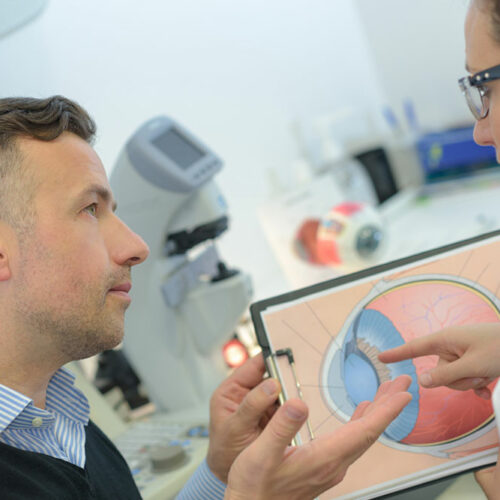12 common toilet cleaning mistakes to avoid

Cleaning the toilet is perhaps among the most dreaded tasks in every home. However, a clean toilet is essential to maintain hygiene and prevent urinary tract infections (UTIs) and other diseases. Today, several useful cleaning products and equipment are available to reduce manual effort and facilitate cleaner toilets. In addition, avoiding certain common toilet cleaning mistakes can help make the process more efficient and less time-consuming while ensuring better hygiene. Not knowing the different ways to unclog a toilet Unclogging the toilet can be the first step to the toilet-cleaning process. A clogged toilet can cause considerable inconvenience; moreover, at times, certain techniques may not be effective in unclogging the drain. Thus, it is important to understand the various hacks to unclog a toilet. Pouring vinegar or dish soap into the toilet should typically do the trick; however, at times, these techniques may not be effective. In such cases, one should try other methods, such as using a wet or dry vacuum to unclog the drain after emptying the water from the bowl. Using a mixture of cleaning products Every cleaning product has its distinct functions; however, mixing together certain cleaning products can give rise to lethal, corrosive solutions. For example, combining bleach and vinegar produces chlorine gas, which can lead to breathing issues, coughing, and watery eyes.






